What's Behind the Resurgence of 2000s Models?
- Oops!Something went wrong.Please try again later.
- Oops!Something went wrong.Please try again later.
- Oops!Something went wrong.Please try again later.
- Oops!Something went wrong.Please try again later.
- Oops!Something went wrong.Please try again later.
- Oops!Something went wrong.Please try again later.
- Oops!Something went wrong.Please try again later.
- Oops!Something went wrong.Please try again later.
- Oops!Something went wrong.Please try again later.
- Oops!Something went wrong.Please try again later.
- Oops!Something went wrong.Please try again later.
Cast your mind back to the mid-2000s. New "It" girl Agyness Deyn is bursting onto the scene with her peroxide pixie cut, indie-sleaze swagger and iconoclastic presence. The glossy pages of magazines are incomplete without Daria Werbowy's icy gaze. Millions of people sit around their TVs to catch a glimpse of the inimitable Victoria's Secret Angel Gisele Bündchen, who hypnotizes on the brand's annual runway and commands high-fashion campaigns as an editorial glamazon.
Worshiped on Tumblr, adored by designers and renowned for their irreverence, these noughties models were everything: brash, bold and fiercely different from their '90s supermodel predecessors, yet just as idyllic. Their success had little if anything to do with their social-media followings or last names. Everyone was obsessed.
It was also the height of print, monoculture and Blogspot, all of which absorbed fashion fanatics (some still in their teens and early 20s) who glorified the likes of Jessica Stam, Doutzen Kroes, Chanel Iman, Alek Wek, Hilary Rhoda, Caroline Trentini, Natasha Poly, Natalia Vodianova, Lily Cole, Lily Donaldson, Edie Campbell, Sasha Pivovarova, Saskia de Brauw and so many more. In the few years that followed, fresh faces like Anna Ewers, Julia Nobis, Mica Arganaraz, Liu Wen, Hanne Gaby Odiele and Joan Smalls joined their ranks.
Fast forward 10 to 20 years, and these once-ubiquitous faces have reemerged on the runway and in campaigns, in what has felt like a high-octane dose of nostalgia.
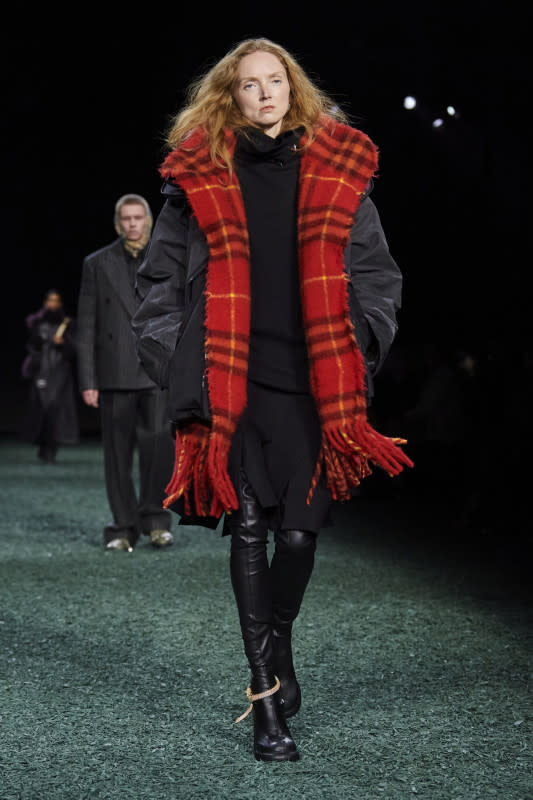
Lily Cole
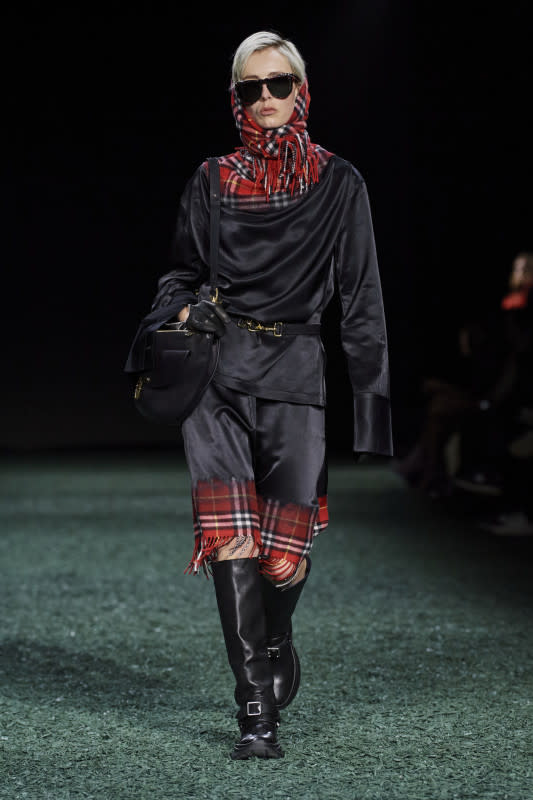
Edie Campbell
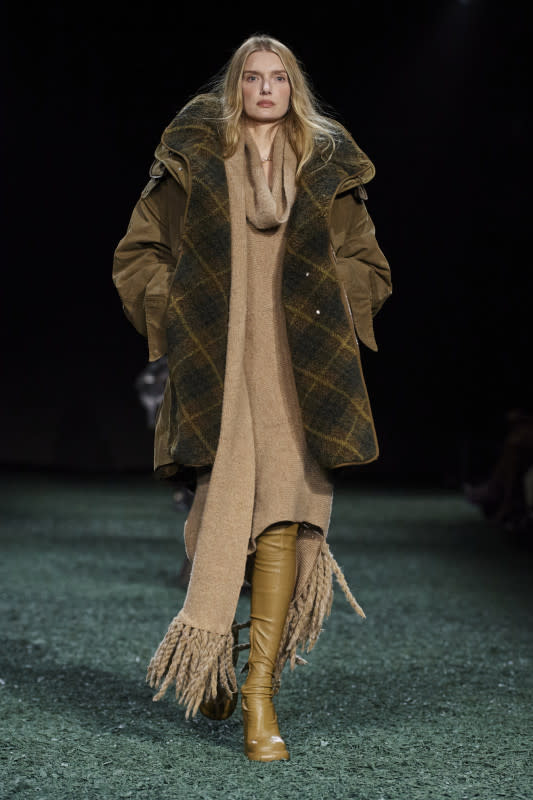
Lily Donaldson for Burberry Fall 2024. Photos: Launchmetrics Spotlight
In the first few months of 2024, Gisele was unveiled as the face of Balmain's and Alaïa's Spring 2024 campaigns; Deyn, Cole, Donaldson and Edie Campbell walked Burberry's winter show in London; Poly dominated fashion week at Sacai, Mugler, Fendi and Max Mara (alongside Gemma Ward and Trentini); Stam commanded the room at Thom Browne and Sergio Hudson in New York. Nobis and Wen were ubiquitous across all four Fall 2024 fashion weeks.
While some of this era's models — like perennial designer muses Irina Shayk and Mariacarla Boscono — never left, this flurry of models who defined the 2000s in fashion aligns with Gen Z's fascination with the era. On TikTok, videos romanticizing these models through backstage interviews or by rehashing lore about Bündchen breaking a glass runway with her impressive stomp, circulate amongst a new generation of fervent fans.
While nostalgia's certainly a factor, there's more going on behind this casting trend. Dominique Guillory, a New York fashion and beauty creative producer and video director, thinks it's about familiarity: "It can be just as or more impactful to see a major face from a previous era return to a campaign, and perhaps even easier for branding strategy teams, than to bring forth a new talent. People like things that are familiar to them."
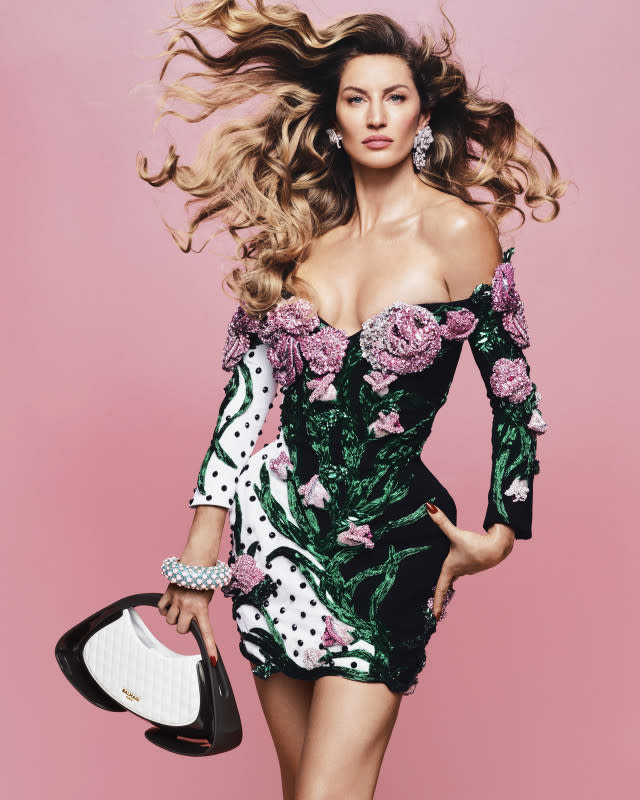
Photo: Rafael Pavarotti/Courtesy of Balmain
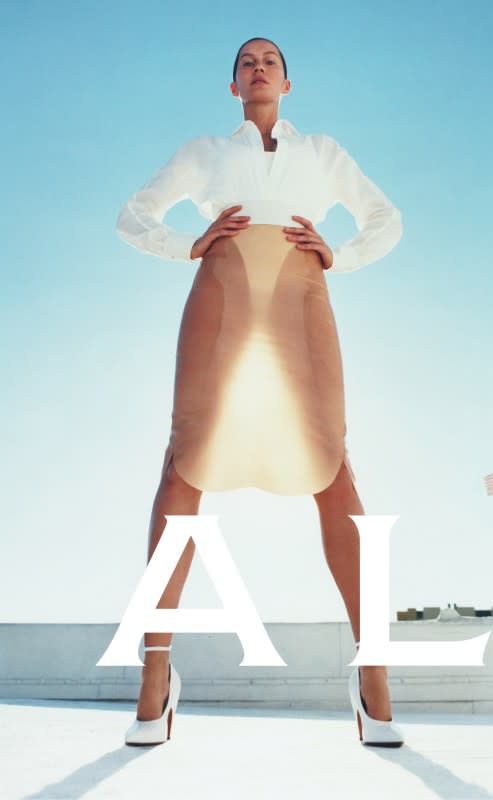
Photo: Tyron Lebon/Courtesy of Alaïa
Nostalgia and familiarity are intertwined, so it doesn't feel far-fetched to posit that all those fashion fans who were blogging from their teenage bedrooms in the 2000s are grown up and holding influential positions in the industry, whether that's as editors, casting directors, designers or agents. In fact, Trevor Swain, a New York City-based casting director, is one of those people.
"The 2000s models were who I followed in high school," he says. "It's so great to see them being embraced and still looking just as great as they did when they were actively working."
"It's interesting because even though this isn't a new concept, it feels really fresh," Swain continues. "Brands like Prada and Versace have always done this with their former muses. I think we're feeling nostalgia for that era because the models were exciting to watch on the runway. You felt something when you saw Gisele open a show or Tanya Dziahilvea close."
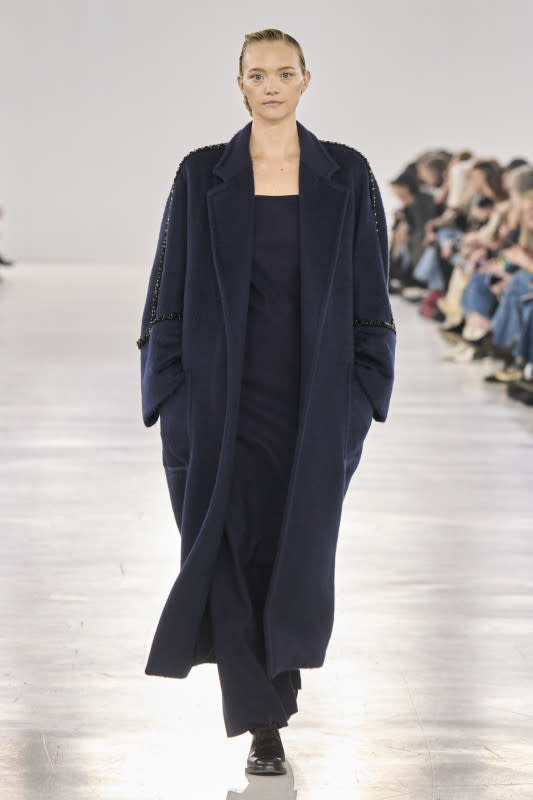
Ward at Max Mara
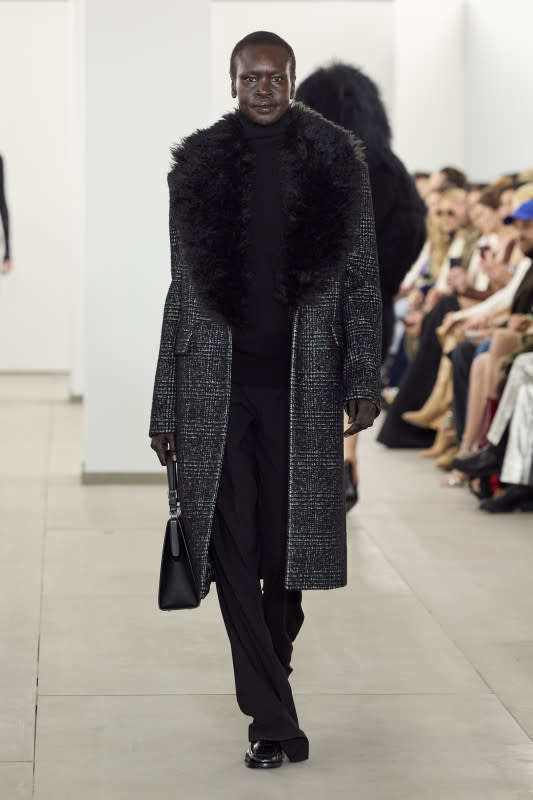
Alek Wek at Michael Kors
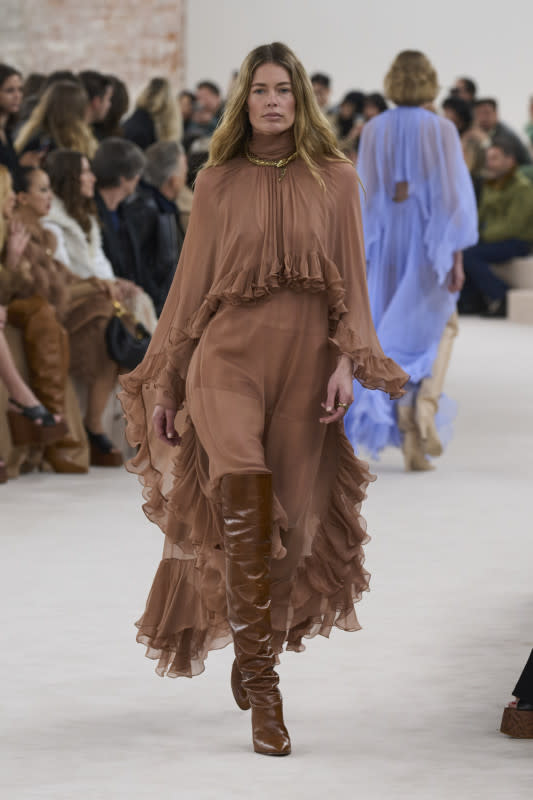
Kroes at Chloé Fall 2024. Photos: Launchmetrics Spotlight
Of course, a lot has changed since then. The fashion industry today isn't by any means perfect, but there's been momentum toward filling runways with more BIPOC models, seeing people with disabilities in campaigns and eschewing a very thin standard body type — all of which weren't even a consideration in the 2000s, when it was all about one monolithic standard of perfection. But as these models return to the world stage almost two decades later, they have the power to challenge another longstanding industry ideal: youth.
Charlie Markbreiter once wrote, "Every 'it' girl is both a symbol of her time and a harbinger of things to come." It leads me to think that, despite being icons when there was only one extremely restrictive and short-lived way to be a model, Trentini, Nobis, Poly and the like may just be able to pave the way for age diversity.
When Vodianova made her debut, she was just 17; Ward was just 15, and Bündchen was younger at 14. Twenty years ago, there would be cut-off ages at agencies as low as 22, leaving those who reached their mid-20s in retirement age. Today, models are reviving their careers in their 30s, 40s, even 50s.
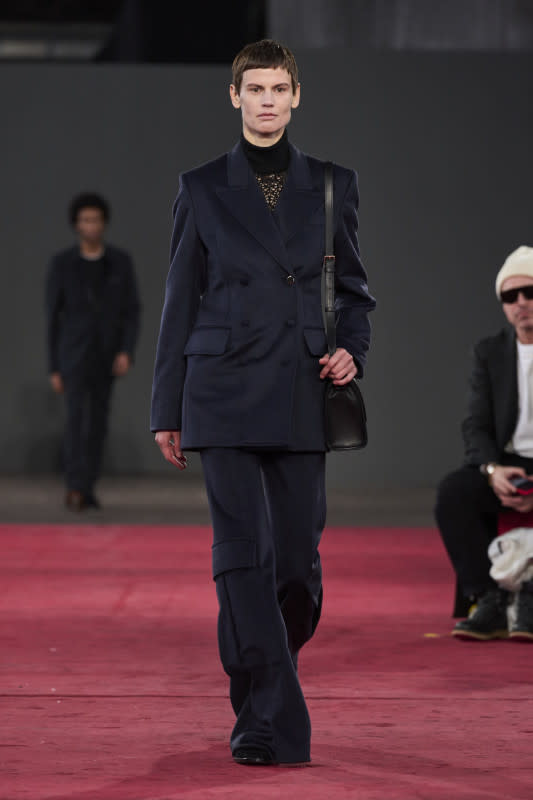
Saskia de Brauw at Gabriela Hearst Fall 2024. Photo: Launchmetrics Spotlight
View the 51 images of this gallery on the original article
"I do believe we're seeing models have longer careers because castings don't stop for them at 25 like it used to," Swain argues.
A nostalgia-driven resurgence can do more than just appease Y2K romantics — it can also upend an outdated system entirely.
"I think that, as a society, we're moving away from the infatuation with youth and holding space for graceful aging," Shaw Bernard, the CEO and President of STRUT Models (which prioritizes diversity, individuality and inclusivity), says. "There's an opulence and elegance that a seasoned model brings to the table. It falls in line with the old saying, 'if it ain't broke don't fix it.' The supermodel has always been the holy grail for brands, and we're seeing them returning to the rightful position."
If this resurgence were a fleeting trend, people would have surely already tired of '90s supermodel appearances — and that hasn't happened.
"I still get chills when I see Naomi Campbell, Christy Turlington and Linda Evangelista," Bernard adds. "They all still got it and they should be able to utilize their skill sets for as long as they are able to."
According to Los Angeles-based stylist, casting director and creative producer Ella Cepeda, "a lot of designers are genuinely excited about these models returning."
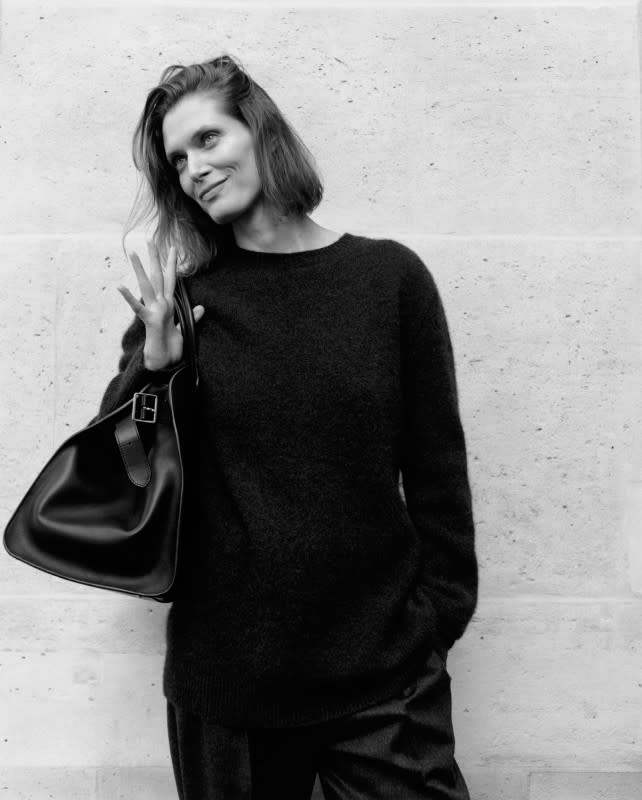
Malgosia Bela
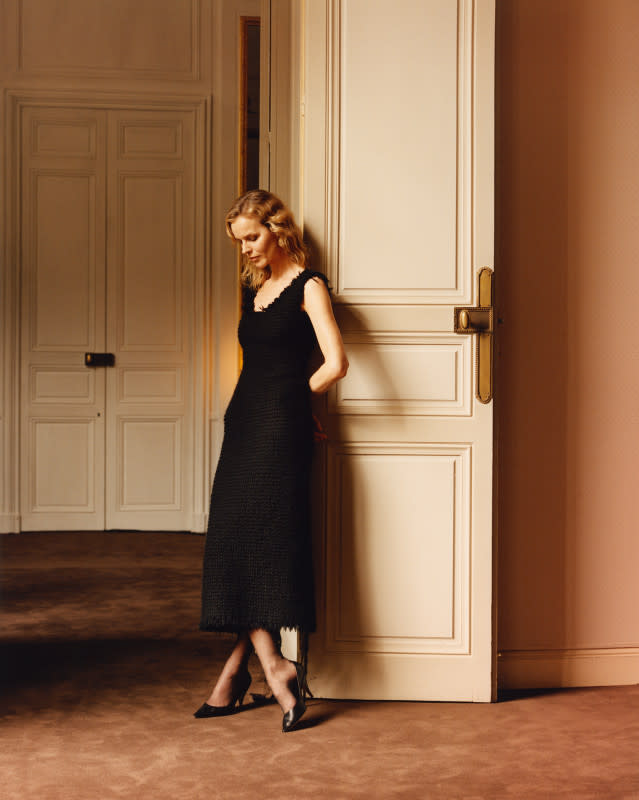
Eva Herzigova
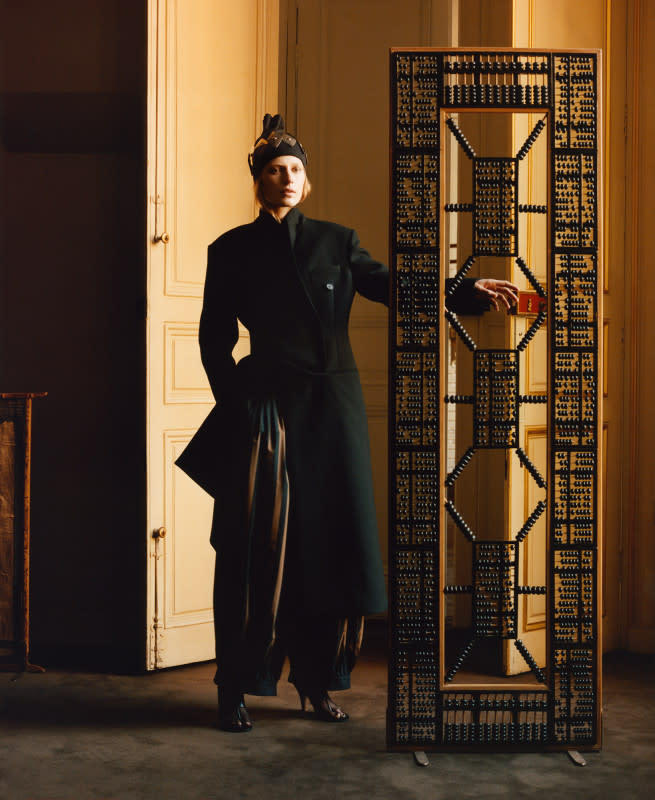
Julia Nobis for The Row Winter 2024. Photos: Courtesy of The Row
"I personally love to include older women in campaigns and on the runway — clothes are obviously not just for young people and not only young people can sell clothes," she says. "A great example of this is the Loewe campaign from last year with Dame Maggie Smith. I like these types of castings because they're older and they look their age. I feel like a lot of times, whenever there's a casting for older people, it's about finding someone who looks so much younger than they really are."
Bernard tells me that she sees the change happening, even within her agency: "We booked one of our over-60 and seasoned models with Batsheva this season, and even she was shocked." (In a major endorsement of age diversity, Batsheva only cast models over the age of 40 in its Fall 2024 New York Fashion Week show.)
Cepeda also points to the Spring 2024 Marc Jacobs campaign starring Cindy Sherman and Omahyra Mota Garcia walking the Luar show in 2021 as further momentum for age diversity outside of the 2000s model resurgence — something she's adamant will continue from here on out, just by sheer force.
"Now that the door has been opened, it's going to be harder to close it or look away," she says.
Never miss the latest fashion industry news. Sign up for the Fashionista daily newsletter.

